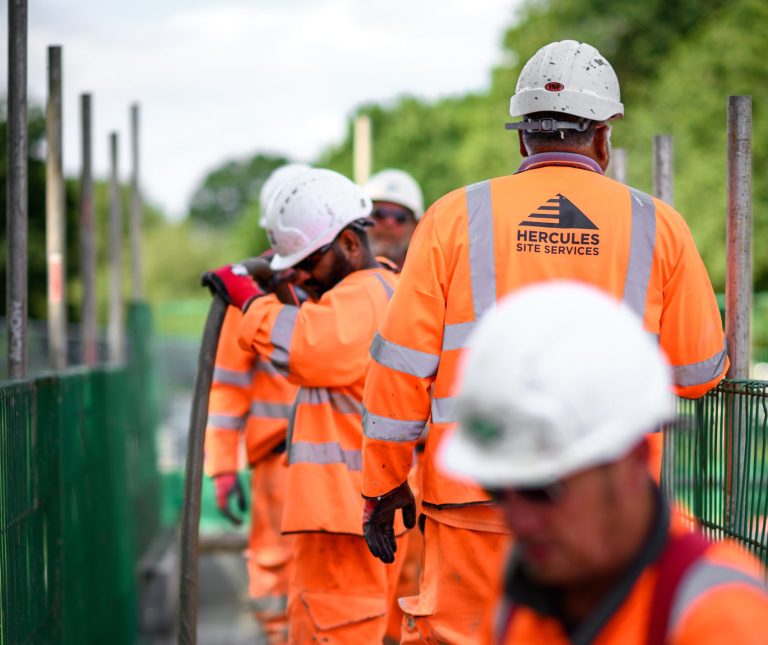A subtle shift has taken root across the nation’s building sites, one that challenges the prevailing economic narrative. Beneath the hum of machinery and the steady rhythm of boots on scaffolding, a nuanced transformation is underway, one that hints at broader implications for investors vigilant for discreet inflection points.
The past year has tested the resolve of numerous industries, yet the construction sector has demonstrated an understated resilience. Amid widespread uncertainties, from inflationary pressures to geopolitical ripples, the volume of activity across commercial and residential projects has inched forward. This modest uptick belies the conventional wisdom that might predict a stalling of tender awards or a contraction in new schemes. Instead, developers and contractors have shown a willingness to press ahead, recalibrating budgets and extending timelines rather than retreating altogether.
What underpins this anomaly is twofold: a recalibration of private sector appetite and a strategic repositioning of public investment. Corporates have re-evaluated asset portfolios, identifying opportunities in logistics and light industrial spaces that marry operational efficiency with long-term cost containment. Simultaneously, government initiatives, targeted at shoring up critical infrastructure and affordable housing, have continued to channel capital into projects that boast social as well as financial returns. By navigating the narrow passage between caution and ambition, players across the supply chain have managed to sustain tender activity at levels that, while not buoyant, are decidedly above the abyss of contraction.
However, beneath the veneer of steadiness lies a growing human capital crisis. Industry forecasters now estimate that meeting the scale of planned developments will demand an influx of nearly fifty thousand additional workers each year. This shortfall spans trades, from bricklayers and electricians to site supervisors and digital technicians, creating a talent gap that threatens to throttle future progress. As margins tighten under inflation and materials costs, securing a pipeline of skilled labour becomes not merely a logistical necessity but a strategic imperative.
Forward-looking firms are already adapting by forging deeper alliances with trade schools, offering apprenticeships that blend traditional craftsmanship with emerging green-tech competencies. Others are reshaping working patterns, embracing flexible rosters and remote-enabled project oversight, to entice a broader pool of entrants. Such initiatives signal a gradual shift towards a more dynamic employment model, one that could enhance productivity while addressing demographic headwinds. For investors, companies that rapidly embed these innovations may command a competitive edge, insulating project delivery against a backdrop of workforce scarcity.
In parallel, digital acceleration is carving out fresh avenues for efficiency gains. The integration of building information modelling, remote sensors, and AI-driven planning tools is no longer confined to marquee endeavours; it is descending into mid-tier schemes, driving incremental cost reductions and tighter schedule control. Over time, this technological diffusion could amplify returns, particularly for contractors and developers who invest now in capability building. The interplay between digital adoption and labour substitution also merits scrutiny: as software and automation assume routine tasks, the premium on specialist human oversight could increase, reshaping wage dynamics and profit pools.
These converging currents, steady underlying demand, acute skills scarcity and digital advance, compose a landscape ripe with strategic inflection points. Investors attuned to the nuances of contracting margins, labour market shifts and technology adoption stand to uncover pockets of alpha obscured by the sector’s outward steadiness. Equity valuations of construction firms have, to date, reflected moderate caution, yet the trajectory of project pipelines and apprenticeship initiatives suggests the potential for re-rating, particularly for those operators demonstrating early mastery of workforce development and digital integration.
Looking ahead, the interaction between public policy and market forces will remain pivotal. Should government funding pivot towards net-zero-aligned infrastructure, attention will gravitate to materials and labour capable of meeting carbon-reduction targets. Conversely, a cooling of state-backed contracts could expose weaker participants, leaving only the most agile and well-capitalised groups able to navigate the shift. In either scenario, granular due diligence on contract backlogs, labour partnerships and technology road maps will distinguish tomorrow’s winners from the rest of the pack.
In plain terms, the UK construction sector encompasses the planning, design and erection of buildings and infrastructure across residential, commercial and public realms. Its health not only reflects immediate economic sentiment but also shapes the physical framework within which broader economic activities occur. For investors, appreciating the subtle undercurrents, in particular the evolving workforce strategies and digital transformations, offers a window into the sector’s long-term trajectory and its capacity to quietly defy downturns.
Hercules plc (LON:HERC) is a collaborative, innovative company delivering services of the highest standards within the Civil Engineering sector of the construction industry. Hercules Construction Academy provides a comprehensive range of courses designed to equip individuals with the essential skills and knowledge required for a long and successful career in the construction industry.












































